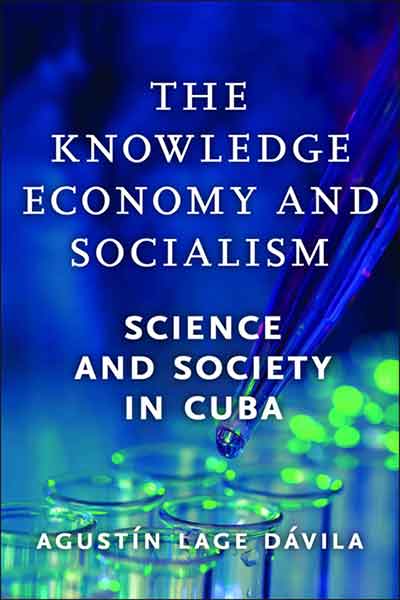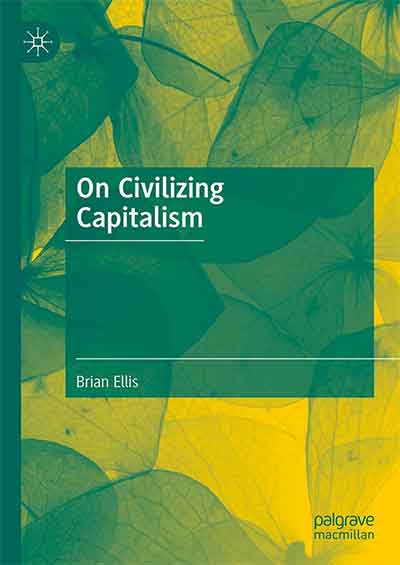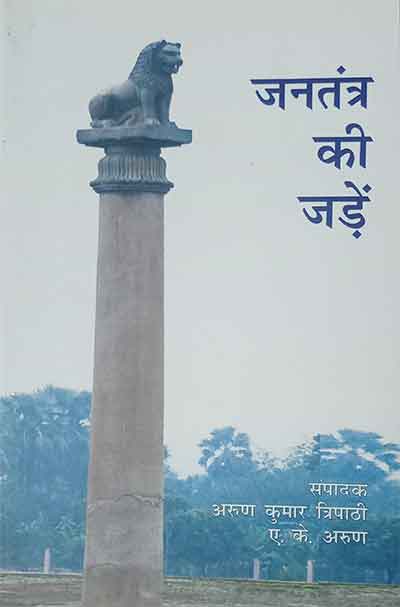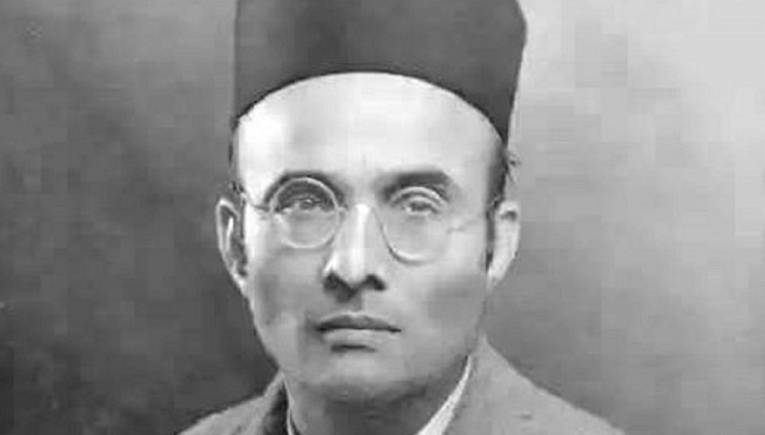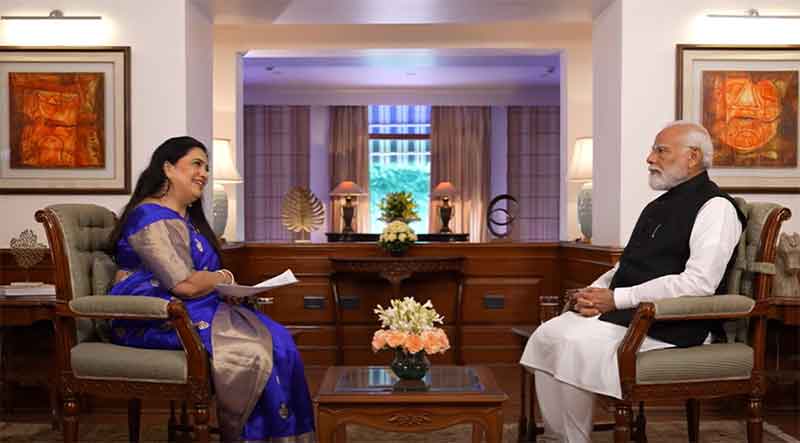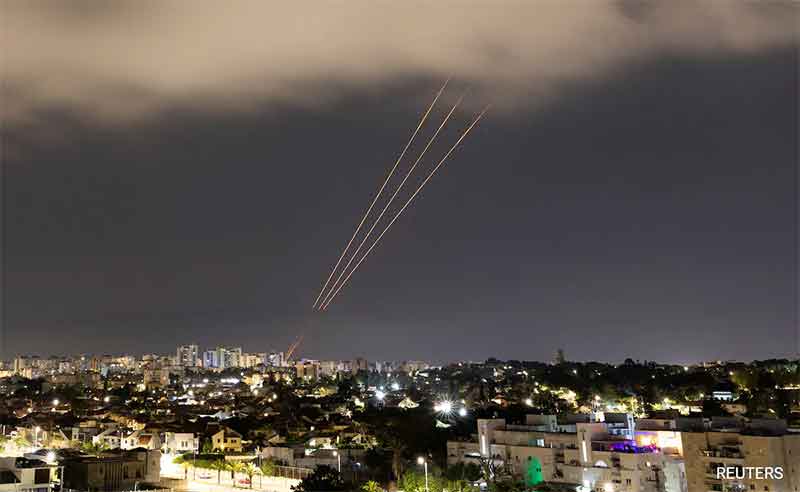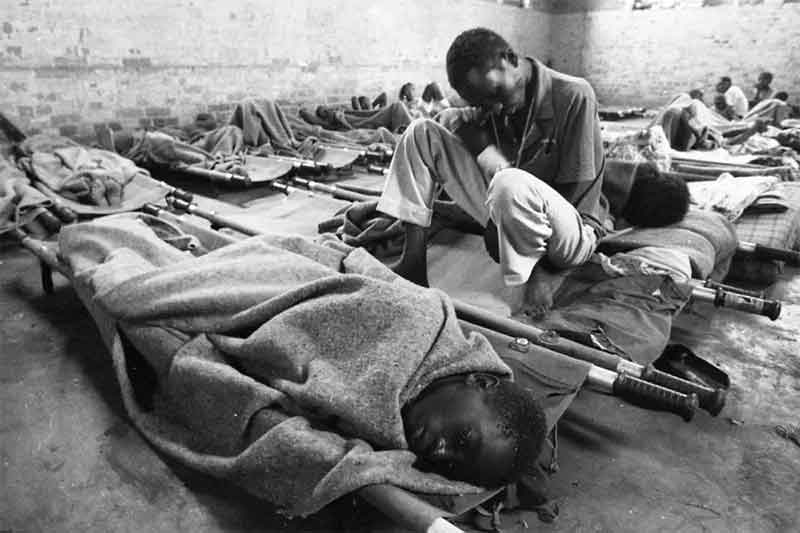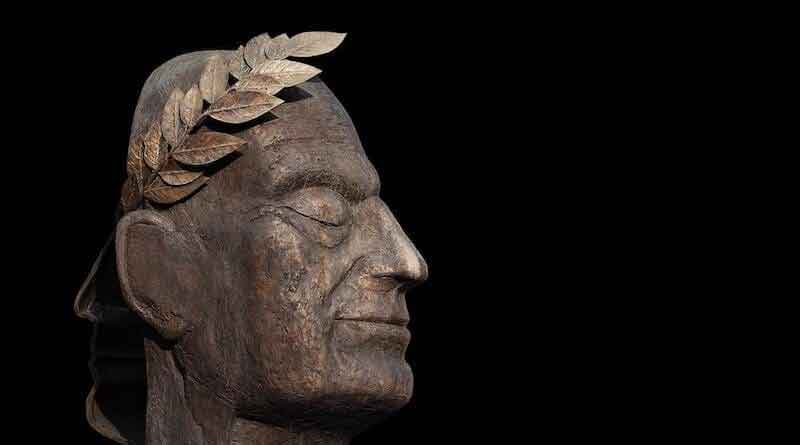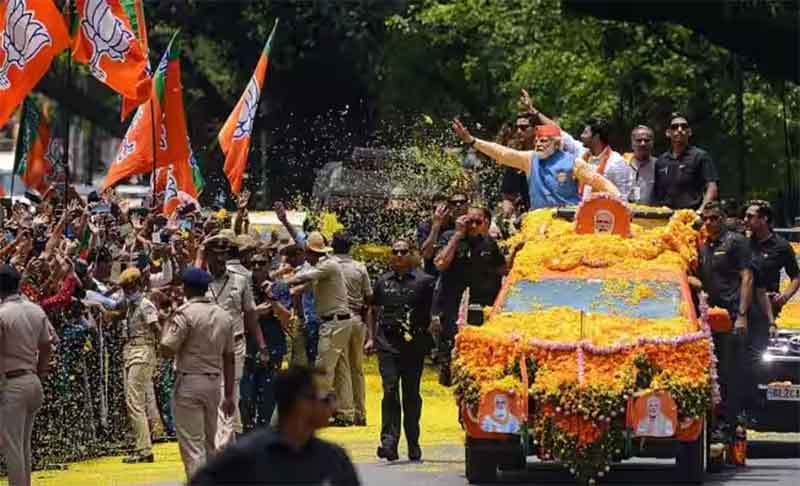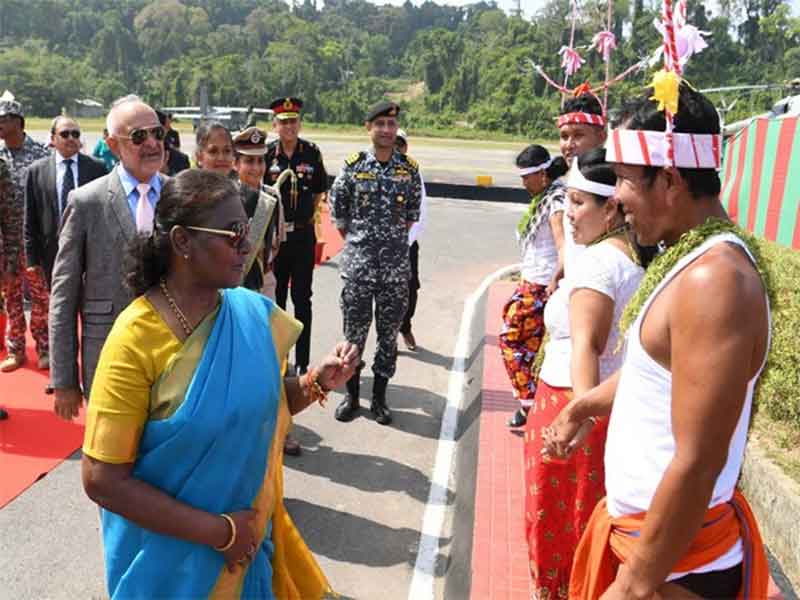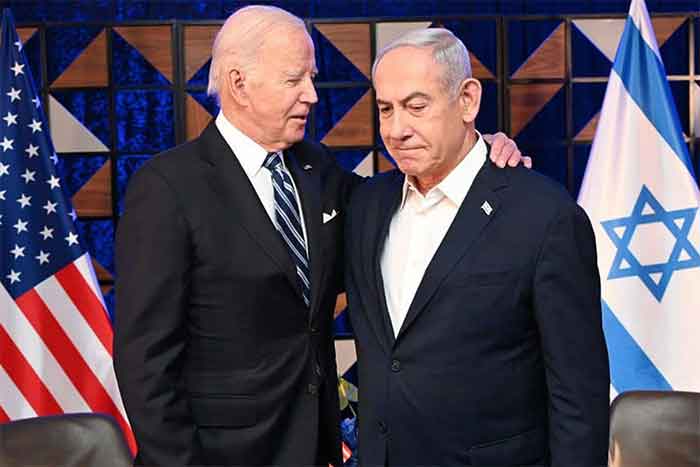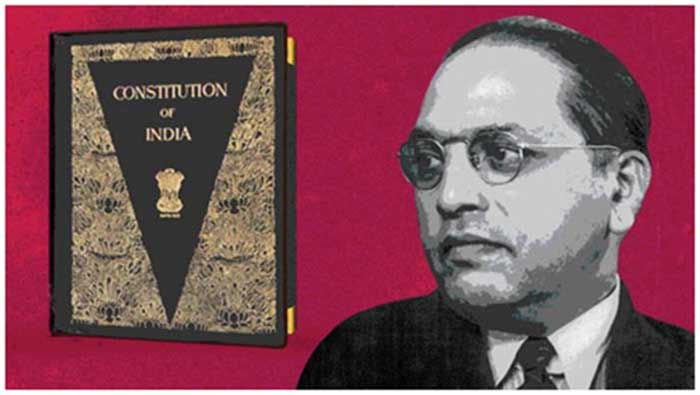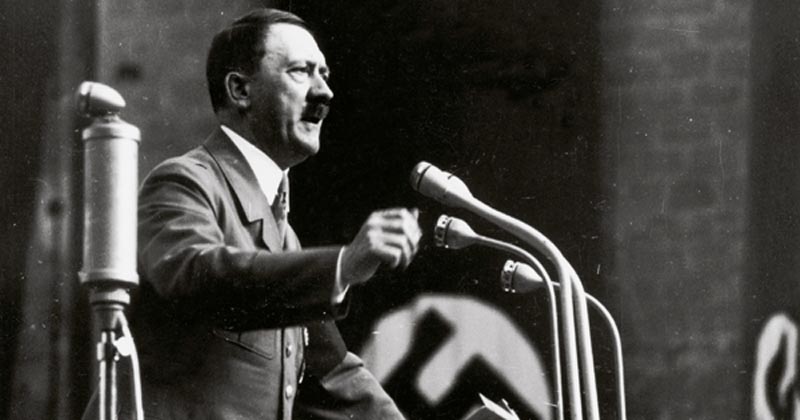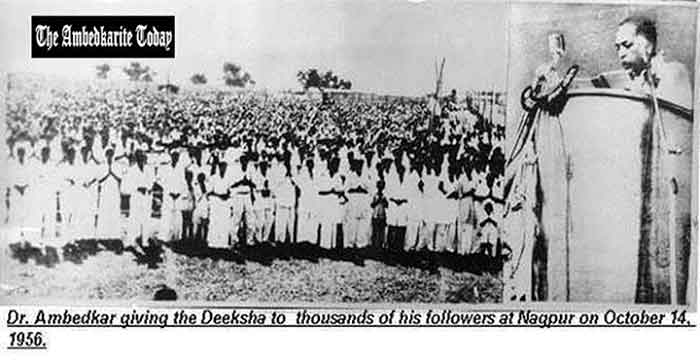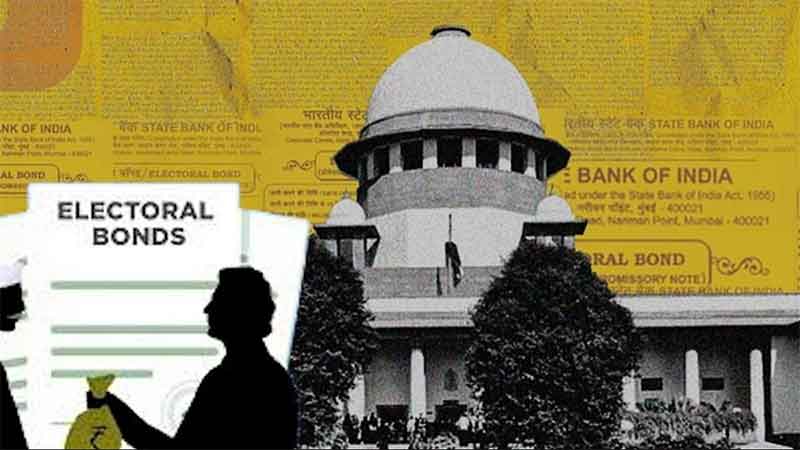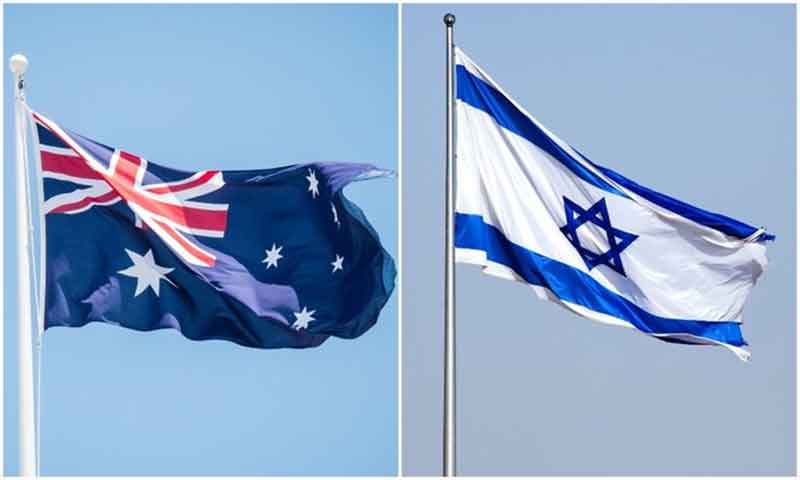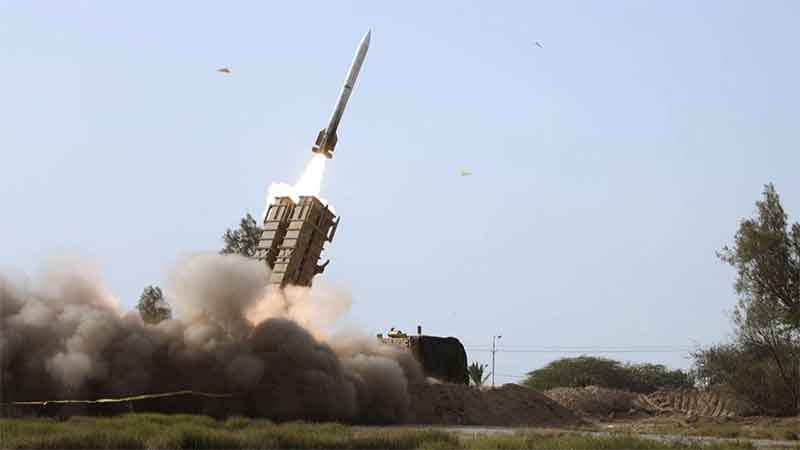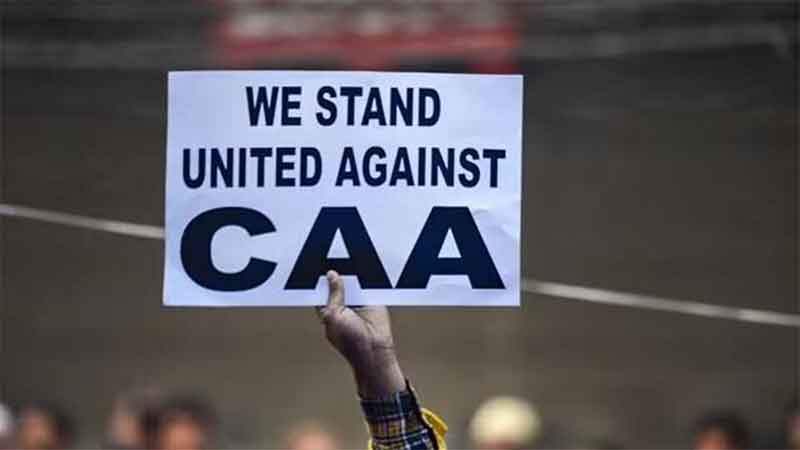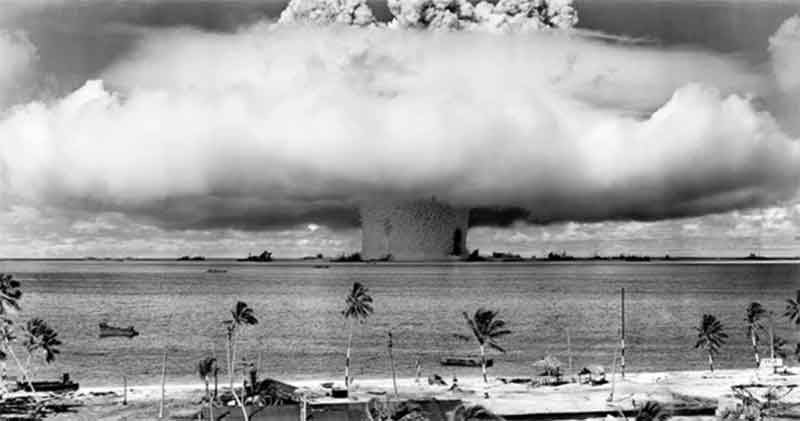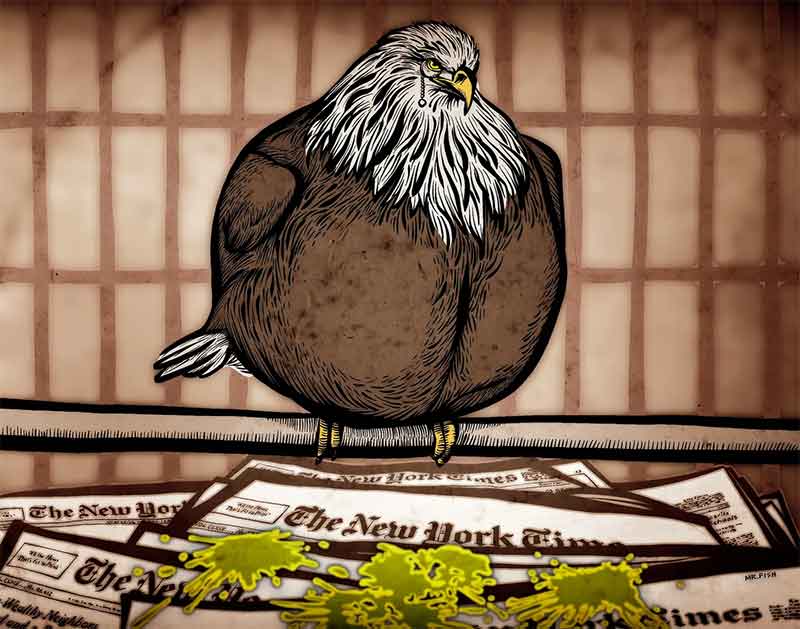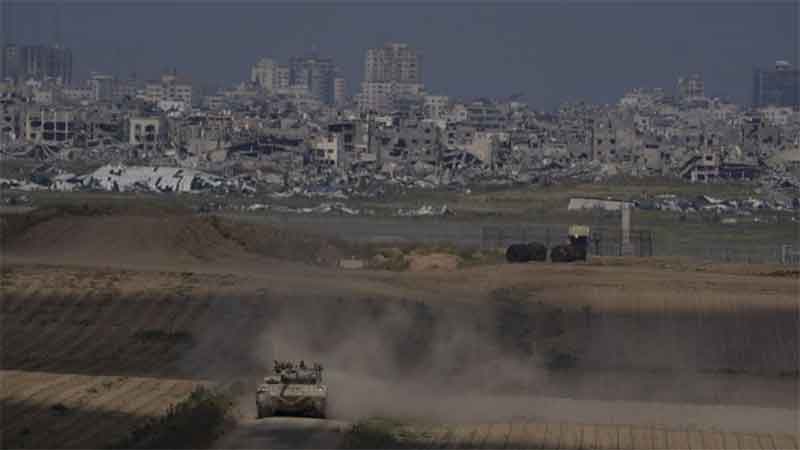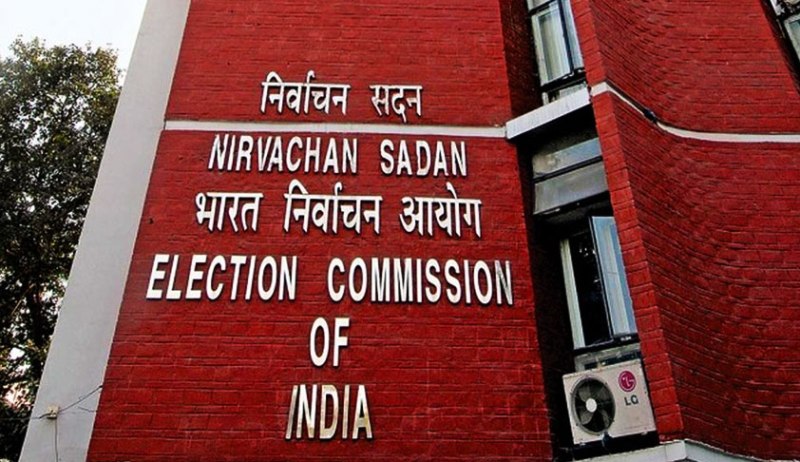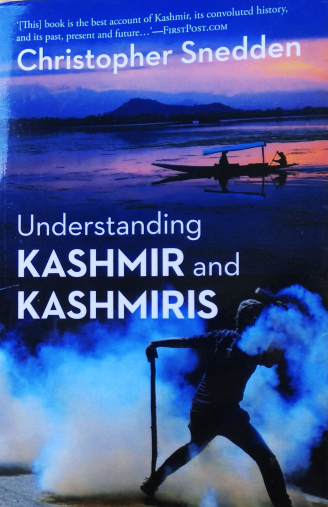
There can be, and have been, countless books on Kashmir and Kashmiris. Given its geopolitical importance in the Indian subcontinent and the constant needling by Pakistan, Kashmir has been a boiling point in the relationship between the two disagreeing neighbors. It has now been a year since the Indian government changed the status of Kashmir by making amendments to Articles 370 and 35A. Since then, Pakistan’s efforts to highlight this unilateral change and the human rights violations within it have been under the spotlight.
The challenge in writing a book on undivided Jammu & Kashmir — the only Muslim majority state in India — in the backdrop of four wars with Pakistan in 1948, 1965, 1971, and 1999 and also in the context of Chinese conflict in 1962 is enormous. Fortuitously, Christopher Snedden has come out with a book that is unprejudiced and at the same time comprehensive. Understanding Kashmir and Kashmiris is just the book you want to read on Kashmir.
Australian politico-strategic analyst, author and academic specializing in South Asia, Snedden has worked with governments, businesses, and universities. Currently, a professor at the Asia-Pacific Center for Security Studies, Honolulu, Hawaii, he visited J&K frequently to undertake research for this and has interviewed many elder statesmen involved in the Kashmir dispute. This authoritative book is the result of that endeavor.
Reads the blurb: “In 1846, the British created the state of Jammu and Kashmir and then quickly sold this prized region to the wily and powerful Raja Gulab Singh. Intriguingly, had they retained it, the India-Pakistan dispute over possession of the state may never have arisen, but Britain’s concerns lay elsewhere — expansionist Russia, beguiling Tibet and unstable China — and their agents played the ‘Great Game’ in Afghanistan and what was then known as ‘Turkistan’.”
Snedden contextualizes the geo-strategic and historical circumstances surrounding the British decision to relinquish Kashmir and explains how they and four Dogra maharajas consolidated and controlled J&K subsequently. He details the distant borders and disintegrated peoples that comprised the diverse princely state. It explains the Maharaja of Jammu and Kashmir’s controversial accession to India in 1947 — and its unpremeditated consequences.
Writes Snedden in the introduction, “The Kashmir dispute is now seventy years old. This makes it older more than ninety percent of Indians and Pakistanis. Its longevity surpasses the average life expectancy of a Pakistani male (65.16 years) and an Indian male (66.68 years)…Wistfully, some of my friends in J&K, India, and Pakistan tell me that the Kashmir dispute would continue for another two-thirds of a century…This book provides sufficient background information for a reader to understand why such a woeful scenario is possible.“
Surely, the ground situation in J&K has changed since the book was written and, particularly, after 5th August 2019. But the dispute is far from over because Pakistan constantly harks back that Kashmir cannot be removed from the agenda of the United Nation Security Council, which was committed to resolving the issue according to the wishes of the Kashmiri people.
Coming back to the politico-historical analysis of Kashmir, Snedden weaves a compelling narrative that frames the ‘K’ dispute, explains why it continues, and assesses what it means politically and administratively for the divided peoples of the state and their undecided futures.
Divided into five parts and punctiliously done chapters, Snedden begins with the Sikhs: “We now come to an intriguing matter concerning the Sikh Empire: the significant role played by two powerful and influential brothers from Jammu, Gulab, and Dhyan (Dhian) Singh. In particular, as we shall see, the British took Raja Gulab Singh very seriously. The Sikh Empire had many non-Sikhs serving as soldiers and administrators. These included Gulab and Dhyan Singh, plus their other brother, Suchet, from the Jammu area that was located immediately to the south of Kashmir and north of the Sikh Empire’s Punjab heartland. Jammu had some strategic importance as its hilly uplands were relatively remote from traditional invasion routes into India that crossed Punjab. People had sought refuge from invaders in such areas, including most recently from marauding Afghans. Nevertheless, there was no distinct geographic division between Jammu and Punjab. Essentially, Jammu was an undulating-to-hilly extension of the Punjab plains that rose northwards to the Pir Panjal range located at the southern edge of the Kashmir Valley, with this range providing a natural boundary between Kashmir and Jammu.
“Because Gulab Singh was a brave and capable soldier, in the 1810s, he caught the eye of the Sikh Maharaja. This was significant as both men thereafter engaged in a mutually beneficial partnership that brought them extensive benefits. For the effective but vigilant Maharaja Ranjit Singh, Gulab provided a non-Sikh ally whom the ruler could trust, an important factor in a fractious empire in which Ranjit was the senior Sikh. The ambitious Gulab Singh used Ranjit as a vehicle for Gulab to advance himself and his interests. Gulab Singh apparently first came to Ranjit Singh’s notice in the Kashmir campaign of 1813, after which Gulab was given control of the Reasi area, north of Jammu, in 1815. Later, because of his actions suppressing the uprising in Jammu in 1819, Ranjit Singh recognized the Jammuite as ruler of Jammu in 1822.”
What enhances the beauty of this 360- page is the in-depth analysis is the lucid explanation. Written in a language that is most nourishing and generous, this book is by far the best chronicle on Kashmir. Snedden has adroitly handled the dispute along with its intricate political and geo-strategic dimensions. He goes that extra mile to probe at length the history of the oft-neglected Kashmiris too.
An excellent account of Kashmiri identity and the conflict between India and Pakistan, the book is peerless on one of the world’s most ‘intractable disputes.’
Title: Understanding Kashmir and Kashmiris
Author: Christopher Snedden
Publisher: Speaking Tiger, 2020
Originally published in Borderless Journal
Bhaskar Parichha is a journalist
SIGN UP FOR COUNTERCURRENTS DAILY NEWSLETTER


